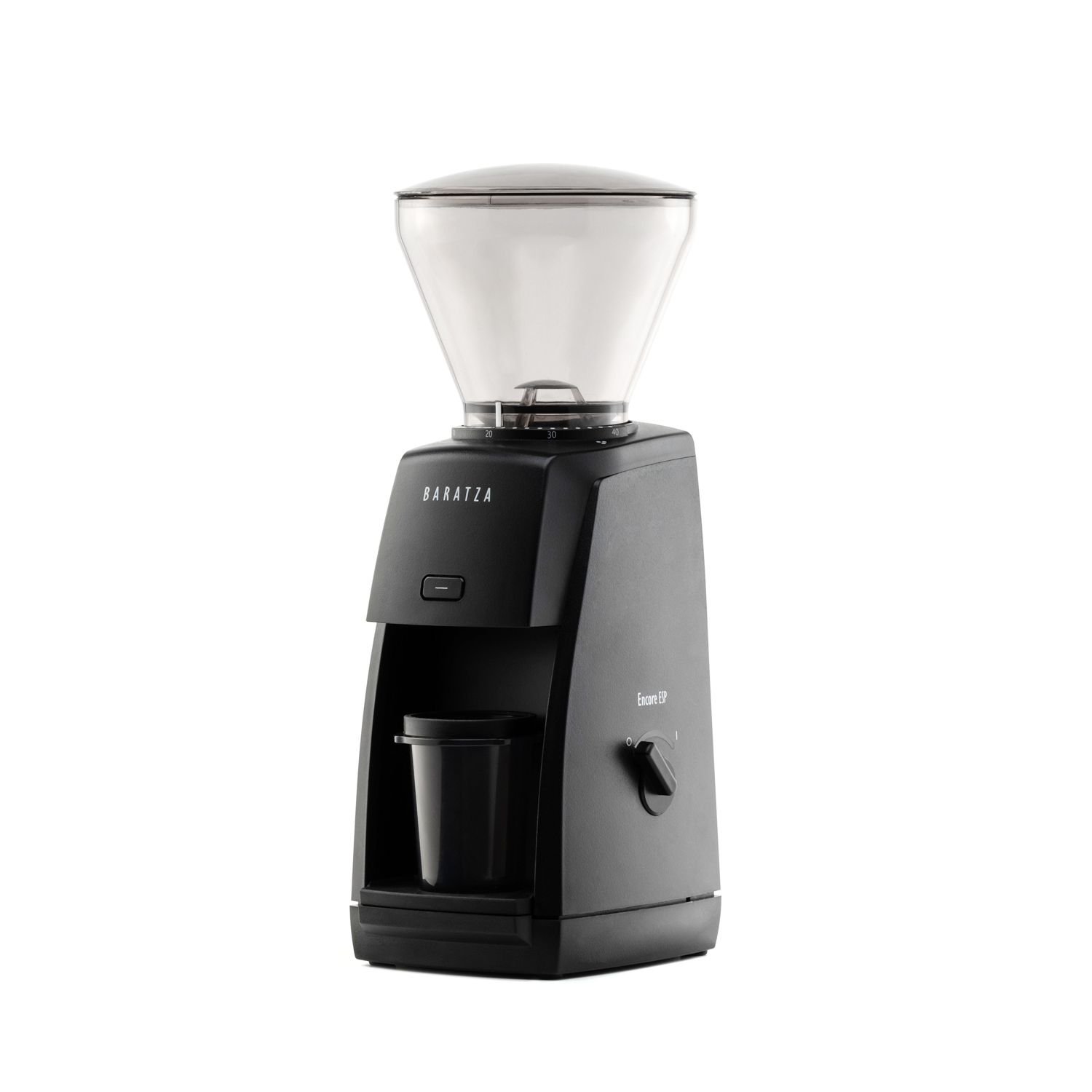The Astringency Devil
Astringency is our least favorite thing to experience in coffee. What is astringency? The mouth-drying sensation that you get from eating an unripe banana or drinking green tea. It comes from mucus membranes contracting when they come in contact with tannins or tannin-like compounds.
Astringency in coffee also comes from tannins/tannin-like compounds. There are two ways that these can end up in your cup.
First, and the one that is more well-known, is channeling. There are actually two theories about how channels lead to astringency. The first theory proposes that the astringent compounds are quite difficult to extract as they have strong chemical bonds with the coffee cell structure. With slower, more laminar flow, there isn't enough energy to break these compounds free from the grounds. When the water flows quickly and turbulently in channels, the high energy flow is able to break those bonds and the tannins/tannin-like compounds end up in your coffee.
The second channeling theory proposes that the astringent compounds are actually always extracted, but if the brew water is flowing evenly through all the grounds, the grounds themselves filter out the astringent compounds (they remain in the grounds). If the brew water flows in/through channels, there are fewer grounds contacting the water, so they cannot effectively filter out the astringent compounds.
If you grind too fine, you get channeling as it is too difficult for the water to flow through the grounds, and eventually it finds little inconsistencies/areas of less coffee, which become the channels.
If you grind way too coarse, the entire slurry can see high speed flow and the grounds can’t filter out the astringency.
So if the coffee is thin, sour, vegetal, and dry, the grounds are too coarse and going finer will fix the problem.
If the coffee is sweet, has good body, good origin character, but also dry, the grounds are too fine, and going coarser will fix the problem.
Now, most of you probably have realized that you can never really remove absolutely 100% of the astringency from your coffee, even if you are doing an immersion brew like French Press, where this is no risk of channeling whatsoever. And the reason for this is because of the second way that the tannins/tannin-like compounds can end up in your cup: by having a larger portion of their surface area exposed directly to the water due to broken cell structures. With relatively coarse grinds, most of the astringent compounds remain fully enclosed by the coffee cell structure, so to remove them, the water has to penetrate into the cell structure and then do the work to extract them and then move back out of the cell structure and into your cup. With finer grinds, more of the cell structures are going to be broken, which makes it much easier for the water to extract the astringent compounds as it doesn’t have to get in and out of the cell structure to do so. Even with coarse grinds and no channeling at all, there are ALWAYS some astringent compounds present in brewed coffee due to there always being SOME broken cell structures. The longer you wait with an immersion brew, the less astringency you taste, as the astringent compounds will eventually settle towards the bottom of the cup/in the grounds.
The trick is to minimize the astringency.
A better grinder will produce fewer fines, which, as should be obvious from the preceding paragraph, are particularly problematic as their cell structures are all broken up and it is very easy to extract astringent compounds from them, even if you have no channeling at all.
Using as coarse a grind as possible to achieve the desired extraction level is best as the coarser the grind, the fewer fines get produced (with most grinders). This of course reduces astringency via both methods (channeling and broken cell structures). However, please don’t be fooled into thinking that coarser is just better. At a certain point, going coarser just lowers your extraction yield, giving you less sweetness and less origin character. And, as we mentioned above, if you go way too coarse, then the entire slurry effectively becomes a channel since the water all flows through it so quickly, so astringency can increase as you grind coarser.
More agitation reduces channeling, but it also means the water is carrying more energy, so it can increase or decrease the extraction of astringent compounds. More agitation also tends to at least partially clog paper filters, which leads to uneven flow. The ideal agitation is the amount which is enough to make sure the water is actually flowing evenly through the entire slurry but not enough to be extracting tannins or clogging the filter.
We have seen some people suggest that using extra filters (up to 6, in the case of the AeroPress) can filter out the astringent compounds but we have not found that to be the case in our experimentation. A filter unlike anything currently available would be required to filter out these compounds.












